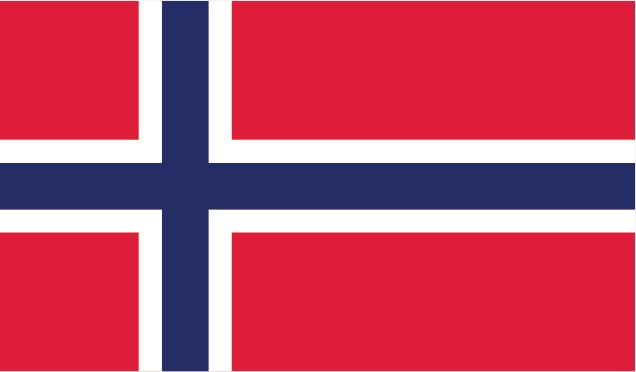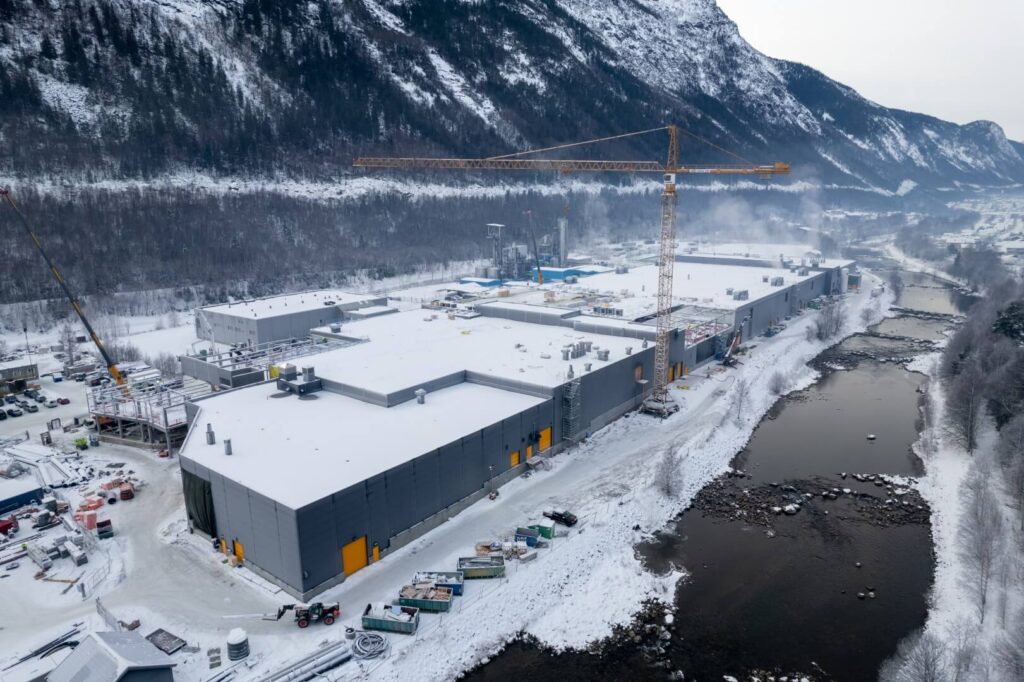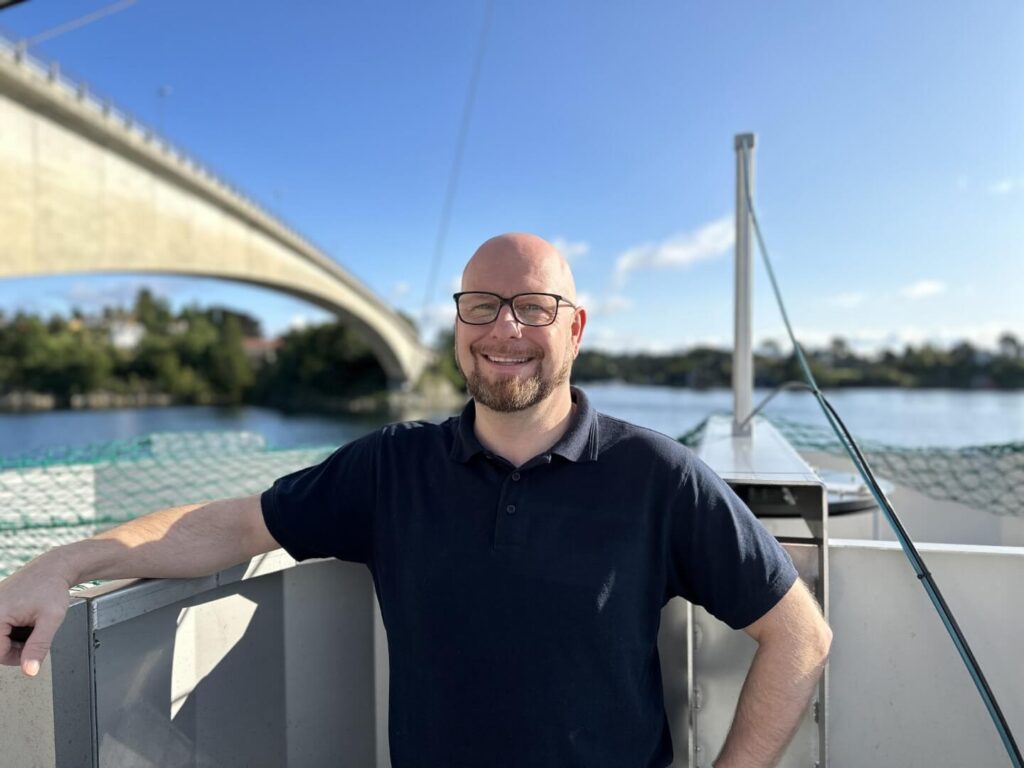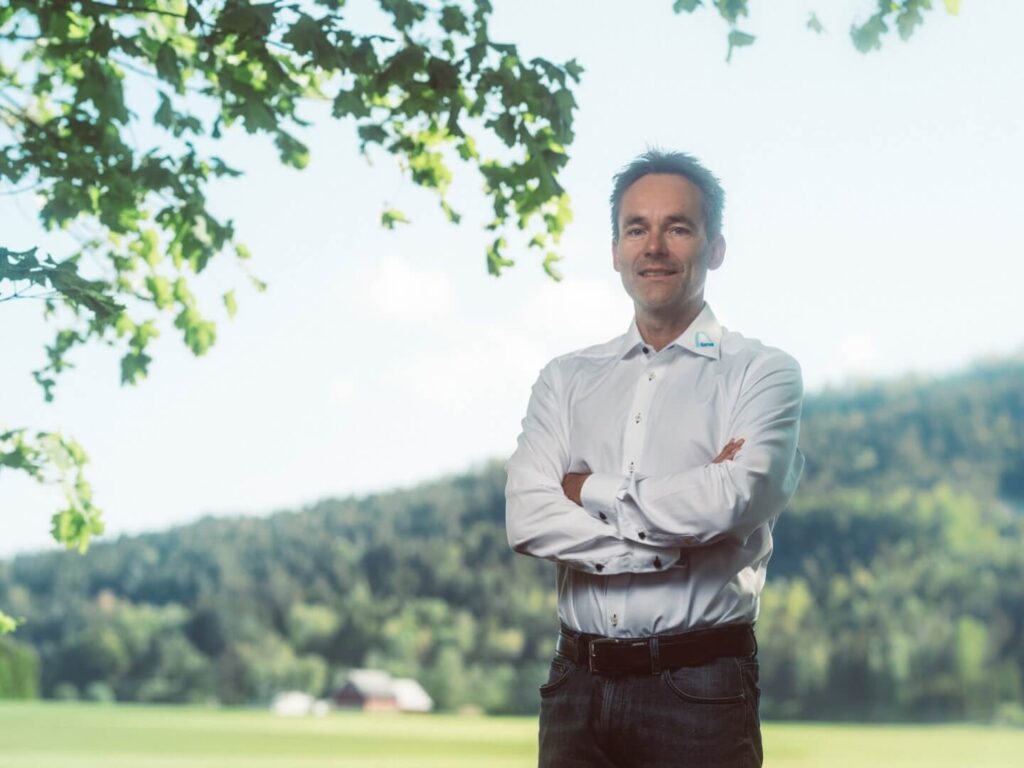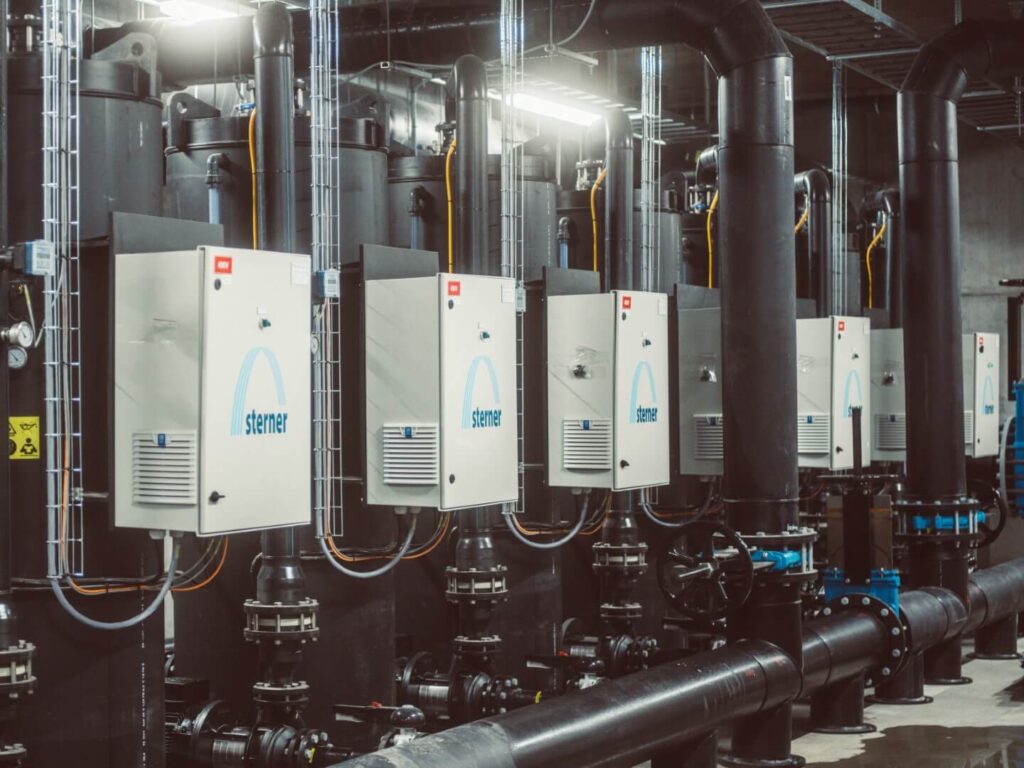Is our drinking water safe?
- 9. mars 2021

The Norwegian climate is characterised by more and more extreme weather, increased rain, drought and new flooding patterns. The Norwegian Environment Agency states that we must prepare for these changes in several sectors – water and sewage is two of the sectors that need more attention and additional measures.
The drinking water regulations determine the requirements for drinking water quality, including colour and hygienic standard. The recent climate changes have a direct impact on these.
A negative development
“As a result of the changes in the climate, the colour and turbidity in the raw water used for drinking water has increased,» says Anthony J. Dinning, who has a doctorate in applied microbiology and is responsible for water quality at Sterner.
Sterner AS has more than 30 years of experience with technology for clean water, and for a number of years Sterner has delivered systems for water disinfection to water treatment plants in several Norwegian municipalities. Sterner is aware of the changes and observes that the new challenges are being taken seriously at the water treatment plants. Therefore Sterner has expanded its staff of expertise on water quality.
Climate change taken into account
National standards for water and health, which set requirements for both the water and the wastewater sector, are clear that climate changes must be included in any risk and vulnerability analysis (ROS) that form the basis for the waterworks’ robustness and preparedness.
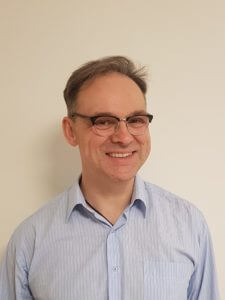
«The increasing amount of rain will bring particles from soil, nutrients, organic material and disease-causing microorganisms into the raw water sources. This affects the water in the form of turbidity and discolouration, but also in greater severity such as algae growth and toxic cyanobacteria «, says Dr. Dinning.
The water quality expert’s message is crystal clear:
«To prevent outbreaks of disease from drinking water, we must be prepared for what climate change is doing to our drinking water, by ensuring that our drinking water plants are robust enough to deliver safe water in the future.»
Increased focus on hygienic barriers
The current regulations set requirements for adequate hygienic barriers, which must ensure the quality of the drinking water that is produced.
Jan Munkvold, marketing manager for drinking water and wastewater at Sterner, states that there is a trend that more and more municipalities are making sure that the hygienic barriers are in place, to protect the drinking water from climate changes.
«We experience that more and more municipalities take this issue with the utmost seriousness. It is fatal if harmful bacteria enter the drinking water network, and several recent incidents have most likely been an eye opener to some towards the risks involved.“
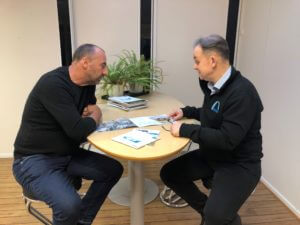
«Maybe it is time to take a closer look at the risk of barrier breakage online and consider opportunities for secondary disinfection of larger volumes of water, such as in the pressure reservoirs. » mr. Munkvold points out.
Disinfection and colour removal without chemicals
Sterner AS has developed the AquaZone process, where colour removal and disinfection takes place without any use of chemicals, and results in low emissions of greenhouse gases. The process is both a complete water purification and with disinfection. The result is a tasty, crystal clear water that is safe to drink.
Good results
«We have very good results with the AquaZone process. All of our projects have been successful, and I can say with confidencethat the method not only delivers water of very high quality, but the process is also reliable, climate-friendly and has a long service life, “ says mr. Munkvold. «The latest project with this process we have delivered is Vatne VBA in Ålesund.»
The steps of the AquaZone process is first a full disinfection with ozone, which also breaks down the organic contents. In the next step, the water is treated with a biological reactor, which also absorbed compounds that otherwise may give bad taste or odour. Finally, before the water enters the public network, it is disinfected with UV light.
AquaZone is an efficient process with no use of chemicals, and with a negligible sludge production. Usually the sludge is release into the recipient, this is allowed since it has no significant net negative effect.



